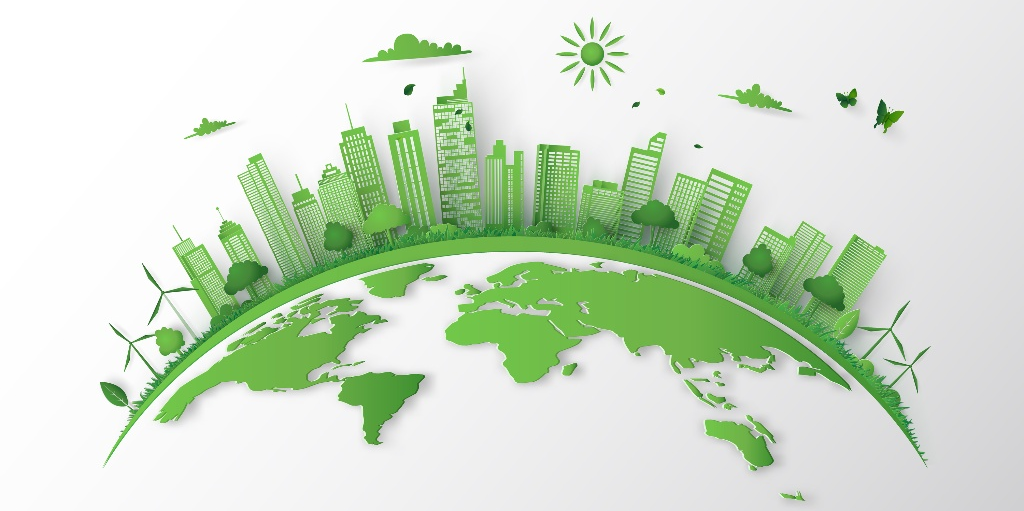Former Wisconsin Senator Gaylord Nelson founded the Earth Day holiday in 1970 with the intention of raising awareness about humankind's impact on the environment, per The Wilderness Society. The occasion has matured over the decades since and spurred action among both private citizens and businesses. Today, an estimated 70 percent of American consumers consider environmental sustainability an important concern and therefore expect enterprises to offer products and services that not only meet basic marketplace standards but also have minimal effect on the natural world, according to CGS.
Builders and developers are among the commercial entities most committed to sustainability. Through their adherence to the U.S. Green Building Council's Leadership in Energy and Environmental Design standard and general pursuit of innovative structure creation, these organizations embody the values that underpin Earth Day - particularly those navigating New York City, where sustainable development is at the forefront of construction thanks to the One City: Built to Last initiative.
Sustainability in NYC
Back in 2014, Mayor Bill de Blasio introduced the ambitious One City: Built to Last plan to dramatically reduce NYC's carbon footprint. The revised construction standard called for the development of new structure improvement guidelines and techniques, expanded building energy benchmarks and data-propelled retrofitting acceleration resources, among other items. In 2016, NYC adopted the New York State Energy Conservation Code (NYCECC), which included refreshed requirements for air-tightness testing, mandating all new buildings between 25,000 and 50,000 square feet conduct a blower door test and new buildings over 50,000 square feet test or inspect each type of air barrier joint or seam. The city also expanded its benchmarking program for tracking energy consumption, pursuant to Local Law 84 and Local Law 87 of 2009. This new code wrinkle applies to all buildings, except residential structures with three or fewer floors.
The One City: Built to Last plan was built off the work of the Green Codes Task Force, which reviewed existing building codes and recommended 111 regulatory changes to encourage greener buildings and remove hindrances that had previously been damaging NYC's attempts at green practices. So far, 49 of the task force's proposed recommendations have been put into action by the city.
With these new policies in effect, New York City started making traction towards reaching the OneNYC goal to reduce gas emissions by 80 percent by 2050 and began leading the nation in green building.
Measuring the outcomes
Builders and developers in the city embraced the program and began churning sustainable structures, including 180 city-owned properties. The Kathleen Grimm School for Leadership and Sustainability at Sandy Ground in Staten Island was among these innovative buildings, the Architectural Record reported. The 68,000-foot institution features numerous sustainable components, which together make it a zero net energy structure - New York City's first. The building's roof is covered in plants that convert solar energy into useable fuel for school operations and its heavily insulated halls keep in as much power as possible. These and other components help the facility support large class sizes - 444 K-5 students attend the institution, per Skidmore, Ownings and Merrill, the architecture firm that constructed it - but without hurting the surrounding habitat.
The Grimm project is among the numerous sustainable structures that builders and developers in NYC and elsewhere have erected in recent years. In fact, approximately 50 percent of these organizations expect sustainable buildings to constitute 60 percent of their portfolios by 2021, per the USGBC.
Would you like assistance with making sure your building complies with NYC's sky-high sustainability goals? Milrose is knowledgeable and experienced in helping clients meet NYC's building efficiency standards. Contact us today to learn more about how we can partner to meet OneNYC's carbon reduction goals and help preserve our environment.








